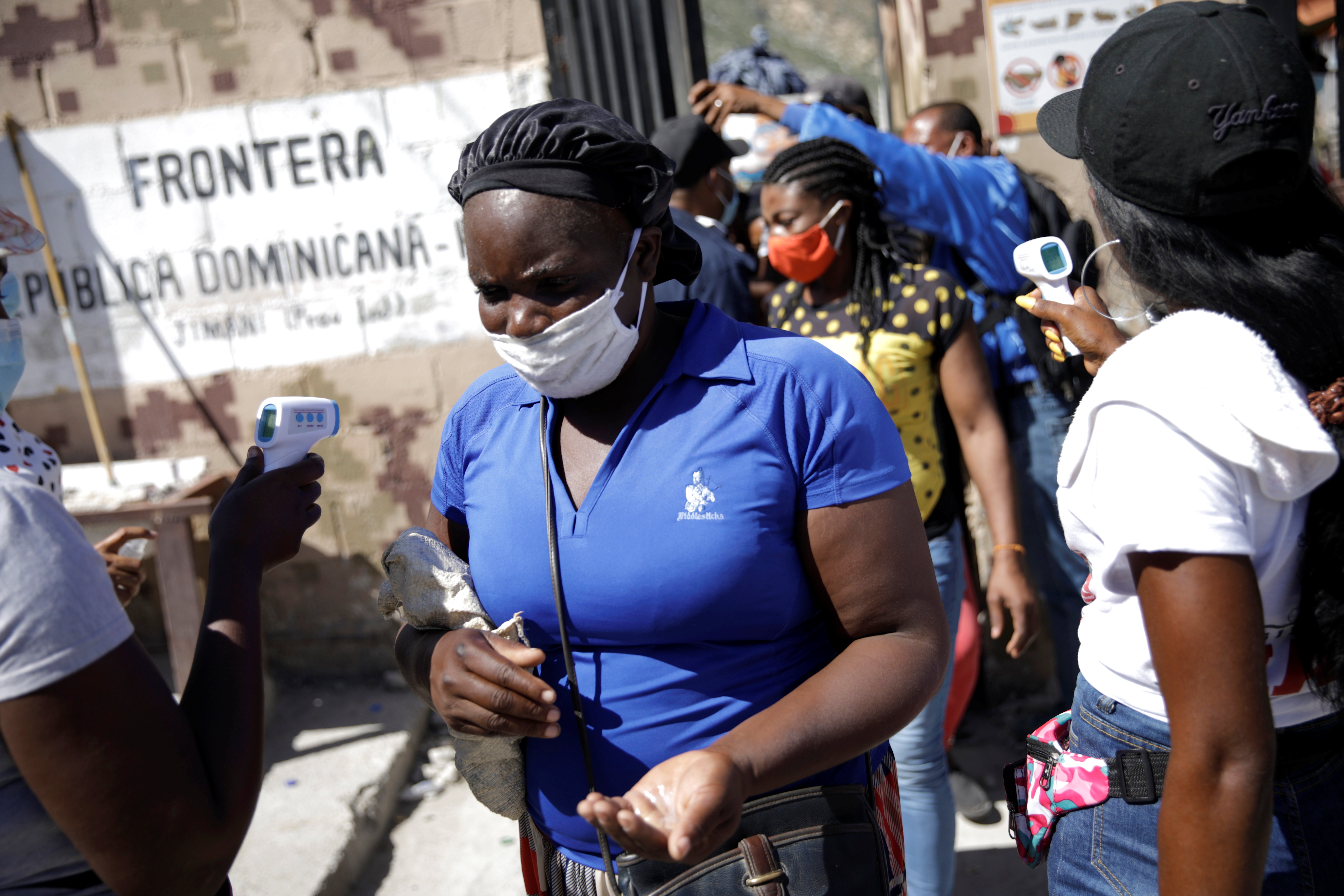The following information is on the context and system factors in the Dominican Republic that may have played a role in the response to COVID-19 and the maintenance of essential health services. Context and systems factors cannot easily be changed when an outbreak occurs, whereas policies or interventions can.
Contextual factors
Although our research focuses primarily on the policy choices made by officials during the COVID-19 pandemic, a country’s ability to limit COVID-19 transmission and related deaths could also be attributed to contextual factors, including those below..
System factors
Beyond policy interventions, other modifiable factors under the short-term control of countries and governments that can help shape countries’ pandemic outcomes (such as testing strategies, disease surveillance, laboratory capacities, contact tracing programs, case management, mobility restrictions, and surge response coordination), it is also important to consider preexisting system factors, such as the strength and structure of a country’s health care system and supply chains, in any analysis of a country’s COVID-19 preparedness and response.
Outbreak factors
Global and regional factors

